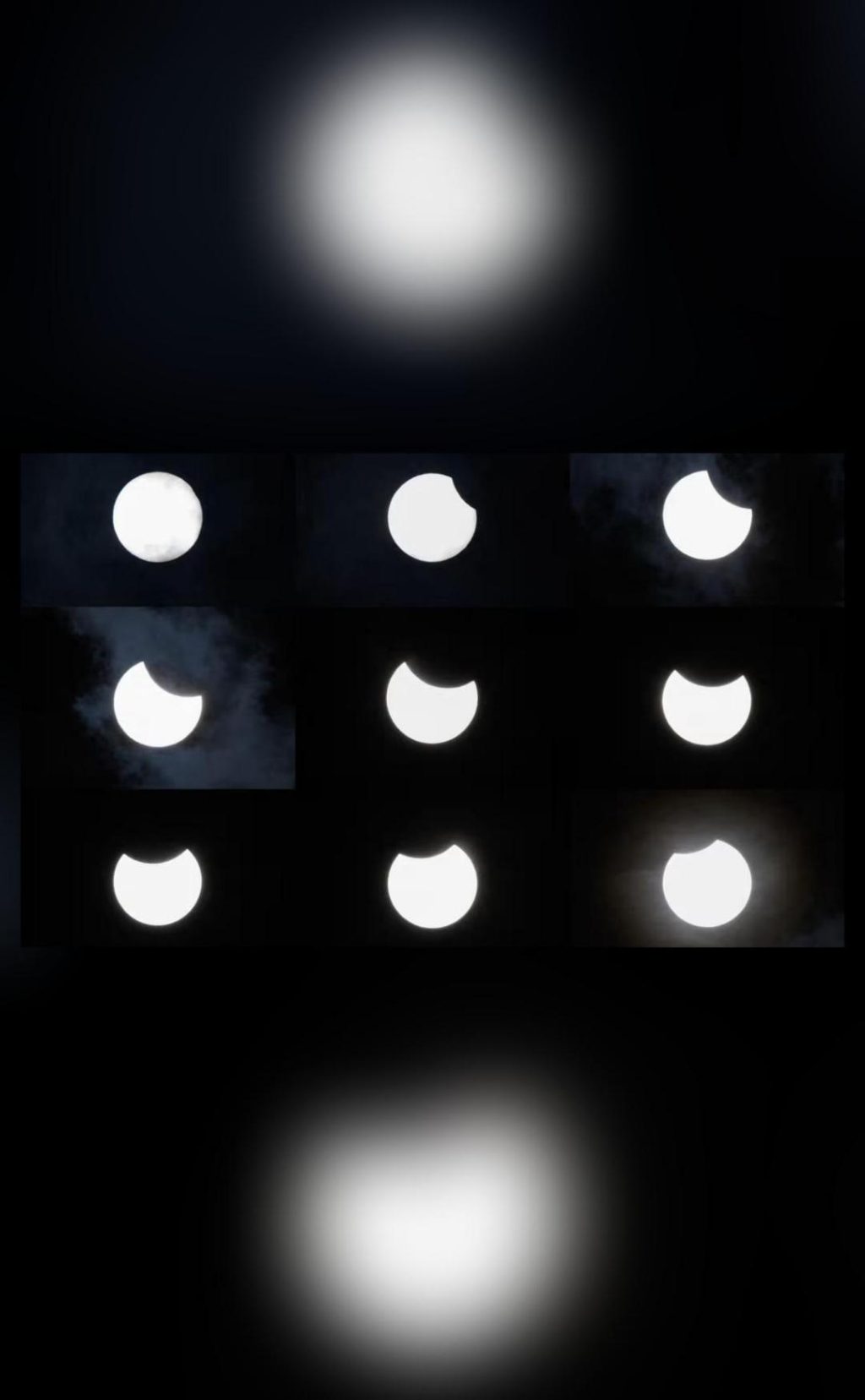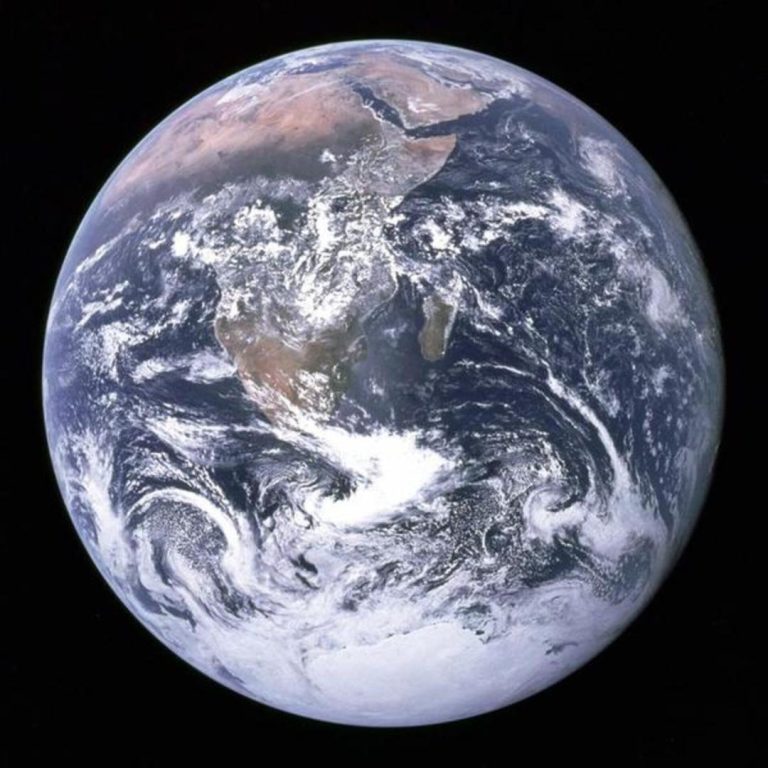
Pics show partial solar eclipse in skies over US, UK & Europe
A partial solar eclipse took place across countries in the Northern Hemisphere on Saturday, marking this year’s first solar eclipse. The astronomical event was visible in the United States, the United Kingdom, and parts of Europe, with pictures of the same surfacing online. However, the eclipse was not visible in India.
The partial solar eclipse occurred when the moon passed between the Earth and the sun, blocking a portion of the sun’s light and casting a shadow on the Earth. The eclipse was visible in the morning hours in the regions mentioned above, with the timing and duration varying depending on the location.
Photos of the eclipse have been shared by sky gazers and astronomers on social media, showcasing the rare and awe-inspiring sight. The pictures show the sun being partially covered by the moon, with the remaining portion of the sun’s disk visible.
One of the most striking images captured during the eclipse shows the sun appearing to rise twice in the sky. This is because the moon’s shadow has two parts – the umbra, which is the darker inner shadow where the sun is completely covered, and the penumbra, which is the lighter outer shadow where the sun is only partially covered.
In the United States, the eclipse was visible in the eastern states, including New York, Massachusetts, and Pennsylvania. In the UK, the eclipse was visible in the southern and western parts of the country, including London and Wales. In Europe, the eclipse was visible in parts of France, Germany, and Italy.
Astronomers and space enthusiasts took to social media to share their experiences and photos of the eclipse. “Just witnessed the partial solar eclipse in NYC! Such a rare and amazing sight,” tweeted astronomer Dr. Natalie Batalha.
The partial solar eclipse was a reminder of the importance of solar eclipses and the role they play in our understanding of the universe. Solar eclipses are relatively rare because the moon’s orbit is tilted at an angle of about five degrees with respect to the Earth’s orbit around the sun. This means that the moon’s shadow usually falls above or below the Earth, rather than on it.
However, when the moon is in the right position, its shadow falls on a specific region of the Earth, causing a solar eclipse. The path of totality, where the eclipse is total, is usually about 7,000 miles wide and covers a specific region of the Earth.
The partial solar eclipse on Saturday was a reminder of the beauty and complexity of the universe. It was a rare and awe-inspiring sight that reminded us of the importance of astronomy and our place in the universe.
Source:






